Embedded Spring: Rutgers-Culture, Conflict, and the City in the Modern Middle East
The Program
The course will cover the way the contemporary Arab cultural scene interacts with current politics, grand narratives, and representation of the city and urban life. As an interdisciplinary course, students will learn critical modes of reading and writing about literature, visual art, and cultural history. Moreover, the course will teach students about the recent history of the Middle East with an emphasis on the Eastern Arab world.
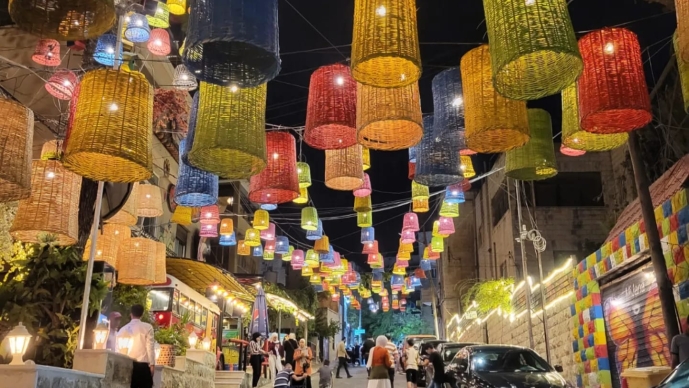
Program Locations
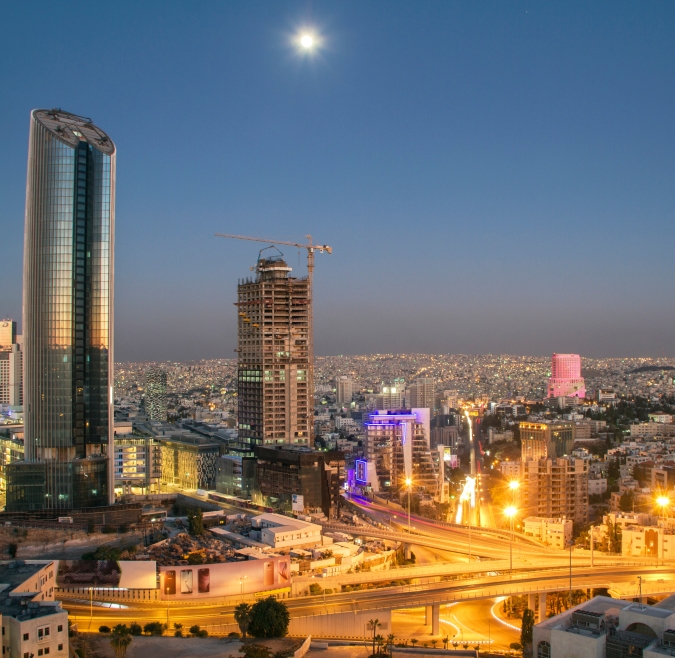
Jordan
Amman
Amman is the capital and largest city of Jordan, and the country's economic, political, and cultural center
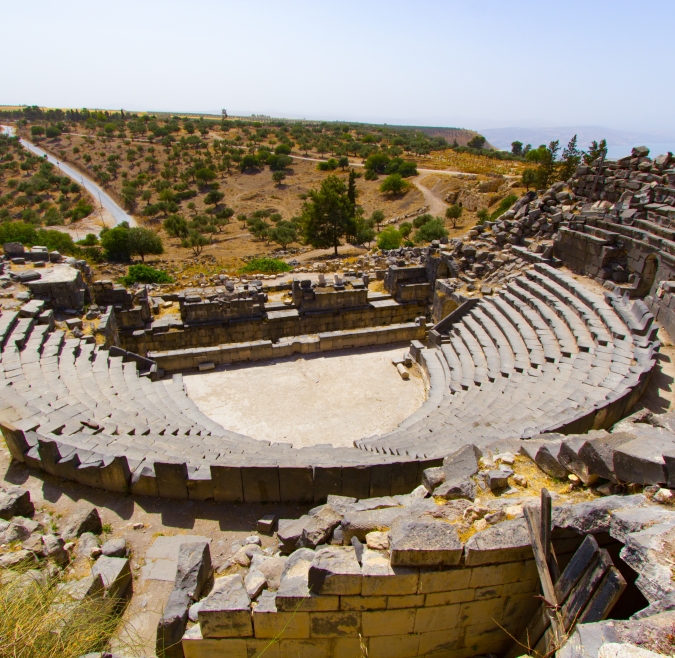
Jordan
Um Qais
Umm Qais or Qays (Arabic: أم قيس, lit. 'Mother of Qais') is a town in northern Jordan principally known for its proximity to the ruins of the ancient Gadara.
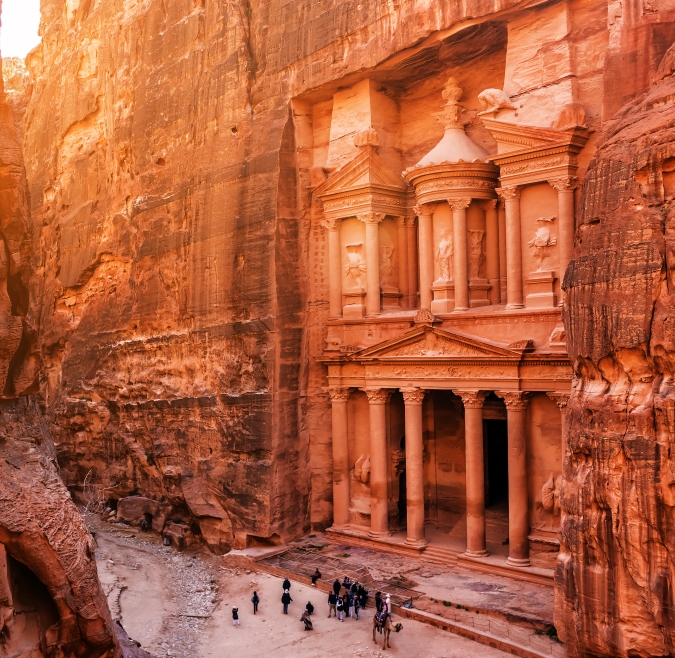
Jordan
Petra
On December 6, 1985, Petra was designated a World Heritage Site. In a popular poll in 2007, it was also named one of the New 7 Wonders of the World.
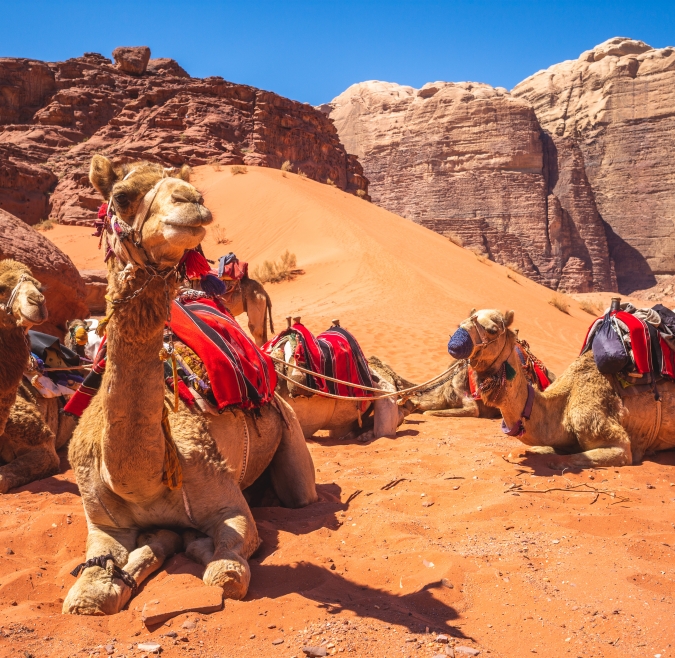
Jordan
Wadi Rum
Wadi Rum is one of Jordan's most popular tourist sites and attracts a large number of tourists from around the world. Wadi Rum is home to the Zalabieh tribe, who developed eco-adventure tourism and services throughout the protected area.
Academics
“Culture, Conflict, and the City in the Middle East” is an interdisciplinary course that interrogates the vibrant cultural productivity of some of the major urban centers of the Arab world. Using the major Arab cities of the Eastern Mediterranean as case studies, the course will introduce students to the modern cultural history of this part of the world, through an examination of cultural manifestations of protest, war, urban displacement, and forced migration. The course focuses on literature, film, and visual art produced in this region from the second half of the twentieth century until the present, and asks students to interrogate how cities like Beirut, Jerusalem, Damascus, and Amman have shaped artists’ creativity, as well as how their works interpret the messy and rapid processes of modern urbanization. It will examine how Arabic cultural narratives have imagined ways of belonging to urban space, remembered (and forgotten) violence that took place there, and defined who is an insider and outsider. Other topics include the representation of various forms of identity and belonging in texts that take place in these settings, and how modern political ideologies are debated by urban cultural producers in their works.
The course readings are organized by city and theme. Aside from the primary cultural texts (novels, poetry, films, and visual art) readings will cover the urban humanities, modern Arabic cultural production, theories of representation, memory studies, and the environmental humanities.
After the course ends on the Rutgers-Newark campus, there will be a two-week onsite component in Amman, Jordan. During this time students will attend seminars with scholars, writers, and artists, some of whose works they will have recently encountered throughout the course. Students will also have walking tours of Amman, and trips to Um Qais, Wadi Rum, and Petra that focus on issues covered in class (e.g., how the city chooses to memorialize or forget events, cultural heritage, the impact of climate change on city life, refugee communities, etc.), and a short crash course in colloquial Levantine Arabic. This extension of the RU-N classroom will be an intensive, experiential learning course that brings the sights, sounds, tastes, and smells of the texts directly to students.
Course Outcomes
The course has several learning objectives. On the Newark campus students will:
- Learn about the relationship between culture and politics in an important part of the Middle East
- Learn to write politically and historically informed analyses of cultural texts from this part of the world
- Improve skills in close reading and analytical writing about the arts in context
In Amman, the students will have the opportunities to:
- Gain valuable on-site experience learning about culture, politics, and society in one of the most important cities in the Middle East by visiting the spaces that they will have read about
- Hear directly from writers, artists, and filmmakers about their creative process, their relationship to the place that inspires their work, and their collaboration with translators
- Learn the basics of the spoken Arabic of the Levant or improve their level of Modern Standard Arabic.
Housing and Meals
Students will be housed at the newly-renovated Sydney Hotel, located in a historic building with an open and spacious communal area as well as a beautiful back patio and garden. The Sydney Hotel is situated in the lovely, historic, and centrally-located Jabal Amman neighborhood, a five-minute walk from Downtown as well as Jabal Amman’s own vibrant Rainbow Street, and less than a fifteen-minute walk from the Roman Theater, the Citadel, and Sijal Institute itself. Additionally, the hotel is minutes away from the trendy Jabal al-Weibdeh neighborhood, full of restaurants and art galleries, as well as various weekend markets around central Amman. Students will find themselves embedded in contemporary urban life in the Middle East; think getting your hair cut at midnight and having pizza or sushi delivered via app. Amman surely will become your home away from home.
The majority of students will be housed in groups of two or three according to gender. Student preferences will be taken into account concerning room assignments. Much of your time though you will find will be spent outside the hotel, in and around the city.
Breakfast is included at the Sydney Hotel. Students are responsible for their own lunch and dinner. There are phenomenal and inexpensive restaurant options around Sijal as well as throughout Jabal Amman, Downtown, and Jabal Weibdeh. Supermarkets, corner grocery stores, fruit and vegetable markets are located throughout the area as well. From traditional falafel, hummus, mansaf, and knafeh, to fresh fruit juice and slushy stalls and Turkish coffee houses, as well as international cuisines, Rutgers students will find themselves with an overwhelming abundance of delicious food options during their stay in Amman.
Financial Information
Program Costs
| All Students | |
|---|---|
| Program Cost | $2,950 |
Program Cost includes:
- Tuition
- Housing
- Daily breakfast
- Excursions
- Administrative Fees
- Emergency Medical Access Abroad
Out-of-Pocket Costs
| Flight | $1,200 |
| Meals | $200 |
| Visa | $60 |
| Personal Expenses | $100 |
| Total | $1,560.00 |
Out-of-Pocket Cost includes:
The above costs are estimations and represent the known out-of-pocket costs students encounter during their time abroad.
Some of these expenses will be paid for prior to going abroad, such as an airline ticket, while some of these expenses, such as meals and personal expenses, will be paid in-country as part of your daily expenses. As you plan, you will need to budget these costs and spend wisely throughout your time abroad.

